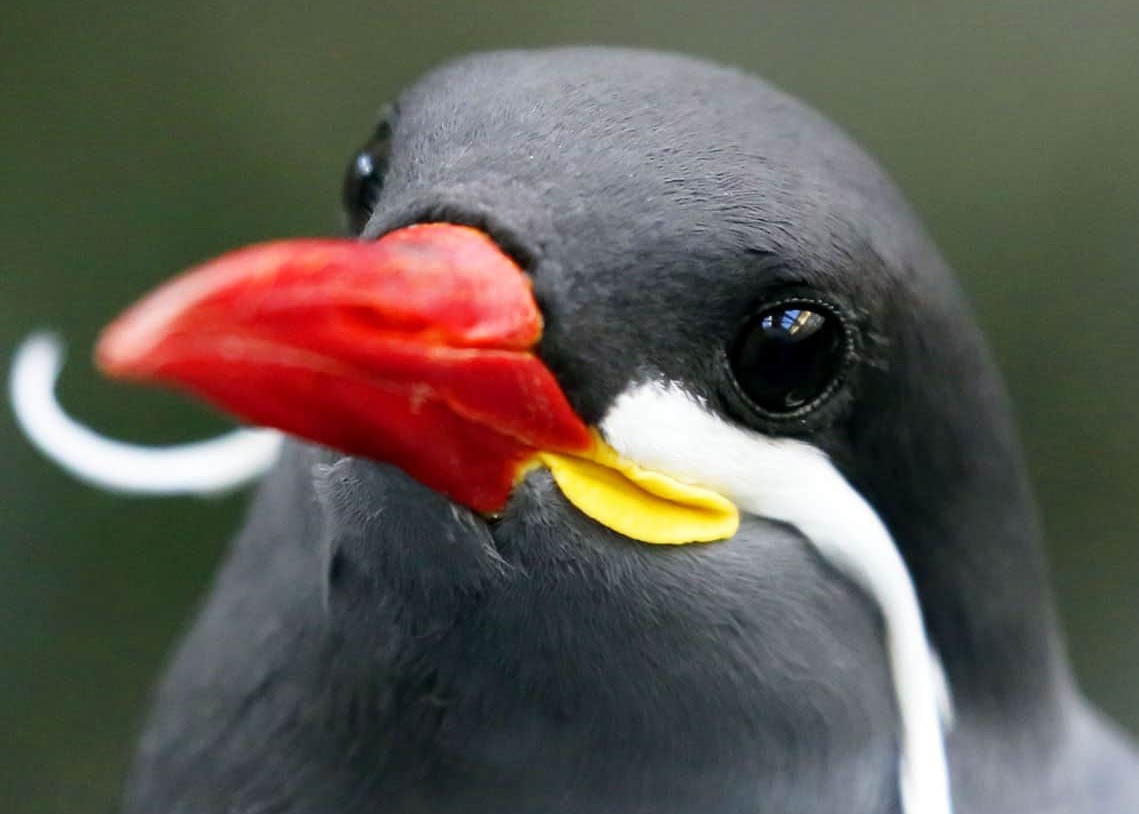Coffee Bee
Coffee bees are small insects native to the giant flower fields of Cilvarth. They swarm around these flowers and form underhanging nests, where they manufacture coffee-flavoured honey.
Scientists have discovered the flavour of the bee's honey does not come from the type of pollen used, but from the bee itself. Coffee bees aren't a domesticated species by any means, but honey from wild colonies are frequently harvested. Some bee populations have been documented abandoning their old hives and moving closer to cilvarthian civilisation. They overproduce honey for people to harvest, in return receiving protection from predators.
While coffee is far from tea in terms of popularity, cilvarthians do enjoy the taste of coffee bee honey.
Taxonomy
Coffee bees are in the genus Cafemelis, in the family Cafemelidae. This family is the coffee bee family, and Cafemelis castanos is the type species.
Anatomy
Small insects, adult barista bees measure no more than three centimetres from mouth to stinger. The majority of its length comes from the giant abdomen, resembling a roasted coffee bean, hence the name.
Coffee bees are a dark brown in colour, with a more reddish body and head. A pair of wired antenna extend from the top of the head, with small yellow feather-like barbs.
The wings are transparent, aside from ornate veins maintaining the membrane structure. These bees have two pairs of propellor wings, as well as two pairs of wings used in communication.
The queen coffee bee is easily recognisable, five times the size of her baristas. She has a longer abdomen and larger wings, with a more complex ornate design. She also has larger mandibles to fight other queens.
Drone bees are larger than baristas, but smaller than their queen. These are the male bees of a hive, their role is to protect the colony from intruders. For that reason, they are bulkier, have stronger wings, and large mandibles.
Diet
Coffee bees are so fascinating. Their hives are so well organised!
Adult bees exclusively feed on nectar, a sugary liquid made by flowering plants. Pollen is also harvested from the same plants, brought back to the hive to feed the young as it is high in proteins.
Nectar from different plants are largely the same, although some plant species produce a specialised nectar that offer different nutritional components.
Some hives are particular about what nectar and pollen is consumed and brought back into the hive. Nectar is collected by barista bees and stored in the vast network of honeycomb. When the nectar is stored in individual cells, the bees adds its own saliva, giving it a coffee flavour. Other barista bees fan their wings to evaporate the nectar, which creates honey. Ripened honey, determined by its consistency, is then sealed off using a wax created by the bees, preserving it.
Nectar, honey, and pollen are all consumed by bees at different points in their life cycle, and seasonally. Stored honey helps the bees survive the winter, when most flowers close up or wither entirely.
Reproduction & Growth
Only the queen coffee bee is capable of reproduction. She is responsible for the entire hive and will lay thousands of eggs in her lifetime. The queen undergoes a grand mating flight, in which she will mate with as many drone bees as possible (usually around fifty). This act kills the drone bee, and is a sacrifice many bees make.
Upon returning to the hive after the mating flight, the queen will begin to lay eggs. One egg is laid in each honeycomb cell, and she will line each cell with one of two pheromones unique to the queen, depending on the embryo's sex. A female egg is fertilised, while a male egg is not. She will also lay a handful of fertilised eggs intended to become queen bees, to replace her in the near future.
A queen bee can survive for a couple year, while barista and drone bees have a lifespan of just a couple weeks to a month.
Habitat
Coffee bees create large nests that cover a flowering plant's nodes, where leaves sprout from. These hives wrap around the stem and can reach several metres in height or diameter. Some nests grow so large they topple the plant, though typically a hive will grow in relation to the plant itself.
A hive large enough to support several queens are only found on the largest flowers around Jisefea. Coffee bees are most common around the Lavish Lands, in northern Jisefea. They cope far better in temperate climates - these cold-blooded animals cannot survive in sub-zero temperatures, nor can they handle the heat of Aurea's Silver Desert.
2 - 5 weeks (Drone)
2 - 5 weeks (Barista)
5cm (Drone)
3cm (Barista)
















Barista bees nearly killed me. I love how this turned out!
Thank you so much! :D